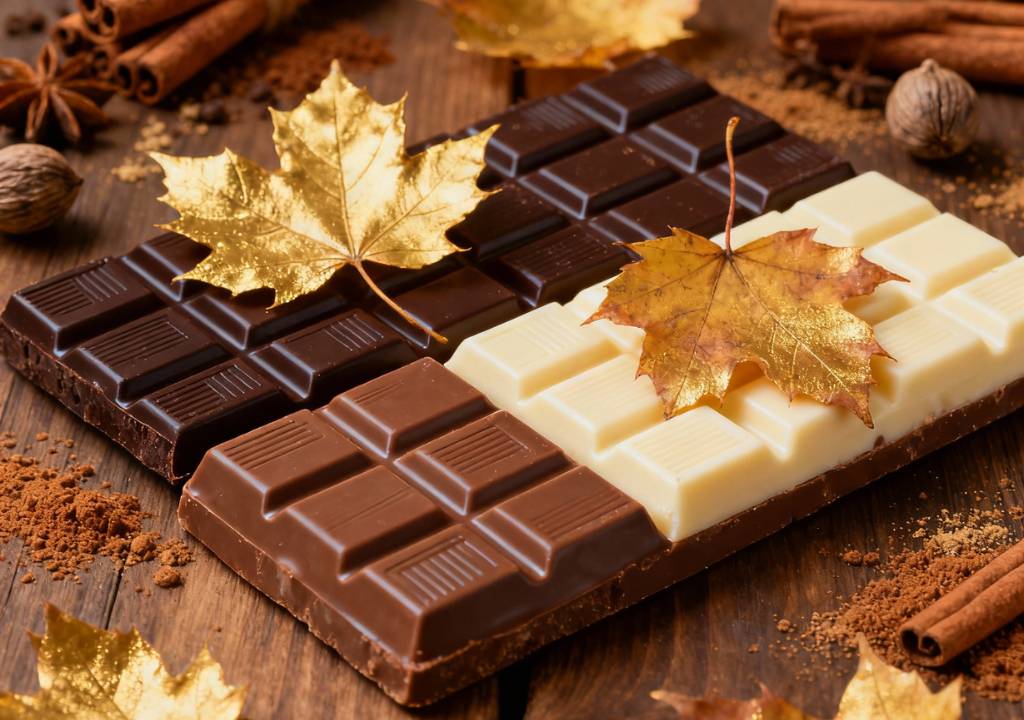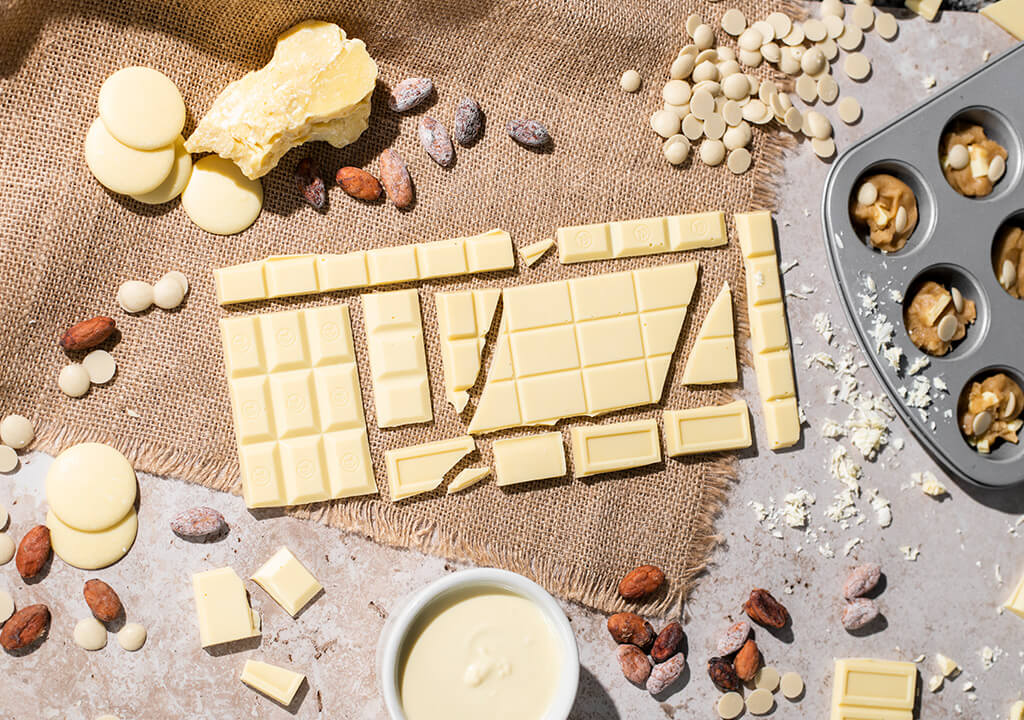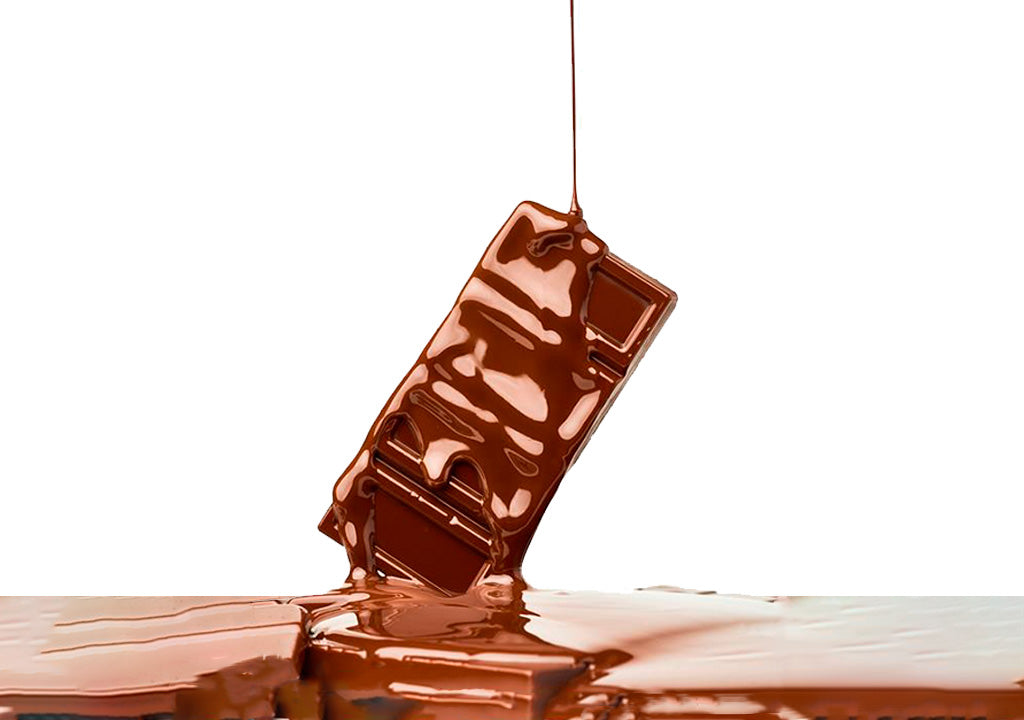
How do the sensory profiles of chocolate work? - Part one.

When we dive into the world of chocolate, we're not just indulging in a sweet treat; we're embarking on a sensory journey. Chocolate, in its essence, is a tapestry of flavours intricately woven from the magic of cacao beans and the subtle nuances added by artisans and nature. However, these flavours aren't random or incidental. They can be classified, understood, and even predicted, leading to a deeper appreciation of every bite.
The flavour is a multi-faceted experience that goes beyond just the simple sense of taste. It encompasses a range of sensory perceptions, including taste, smell, and even the feel of a substance in the mouth. When it comes to an understanding of how flavour works, we need to delve into the biology of the human senses and the chemistry of the substances we consume. First, let's see how flavours can be categorised:
- Sweet: Often associated with sugars and other sweeteners.
- Salty: This usually comes from the presence of salts.
- Sour: Caused by acids, like those found in citrus fruits.
- Bitter: Common in substances like coffee or certain vegetables.
- Umami: Is a savoury taste, often associated with foods containing glutamates, like tomatoes or certain broths.
How does flavour work in the chocolate sensorial profiles?

Flavour in chocolate is a symphony of sensory experiences influenced by the origin and type of cocoa beans, the processing methods, and any additional ingredients. The complexities of flavour in chocolate arise from the interplay of various factors:
- Smell's Role:Most of what we perceive as "flavour" is the smell. The olfactory receptors in our nose play a crucial role. When you eat, aromatic molecules are released and travel up to the olfactory receptors through the back of your throat, contributing to the overall experience of flavour. Much of chocolate's "flavour" stems from aromatic molecules that stimulate olfactory receptors; this is why high-quality chocolates have such varied and deep aromatic profiles.
- Sight's Role: Although sight is not a factor directly related to taste, visual appearance does affect taste preference. In general, chocolate is expected to have a good gloss, good colour, a good snap, no fat bloom or sugar bloom. If these characteristics are not present, consumers will generally transfer them to the taste.
- Chemical Compounds: Different foods contain many volatile and non-volatile chemical compounds that can trigger specific reactions in our taste and smell receptors. For example, the chemical compound allicin gives garlic its distinctive flavour. In chocolate, the type and origin of cocoa beans, fermentation, and roasting processes introduce a range of chemical compounds. These compounds give rise to the distinct flavours of dark Madagascar chocolate versus milk Swiss chocolate.
- Texture and Temperature:The mouthfeel of a substance, its texture, and its temperature can also significantly impact our perception of its flavour. Creamy, crunchy, fizzy, or icy textures can alter or enhance the overall flavour experience. Chocolate texture has three crucial parameters: smoothness, meltiness, and hardness. Smoothness is the perception of how the chocolate moves in the mouth and is defined by the particle size "fineness" achieved in the refining process. Meltiness is how much chocolate melts in the mouth and is influenced by the ratio of fat/solids in the product. Hardness is how hard it is to chew and how much force you need to bite a piece of chocolate, also influenced by the fat/solids ratio. Generally, firm chocolate is desirable, with a good snap at room temperature, which melts easily in the mouth and feels very soft on the palate.
- Trigeminal Sensations:These are sensations perceived through the trigeminal nerve, such as the coolness of menthol or the burn of chilli peppers. They aren't tastes per se but contribute to the overall flavour perception.
- Interactions and Combinations: Flavours don't always operate in isolation. Sometimes, combining two flavours can create a new, distinct flavour experience. For instance, the combination of sweet and salty, as seen in salted caramel, produces a unique taste that differs from its components. Combinations of flavours within chocolate can lead to unique profiles. For example, bitter, sour, and sweet! You can find this combination mainly in dark chocolates. Bitter and sour, given by the Fino de Aroma cocoa liquor, and sweet by sugar.
- Personal and Cultural Differences:Genetics, individual experiences, and cultural backgrounds can influence flavour preferences and perceptions. Some people might be genetically predisposed to find certain compounds exceedingly bitter, while others don't detect that bitterness at all. Everyone's palate is unique and shaped by genetics and experiences. Hence, a single chocolate might be perceived as having hints of cherry by one person and notes of citrus by another.
Where does the taste of our chocolate come from?

As we have seen previously, the chocolate profile is determined by several factors, such as the type and origin of the cocoa, the fermentation and drying processes, the conching process, etc.
Each step can introduce, amplify, or modify the flavours we experience. A Venezuelan Criollo bean, for instance, may offer a completely different array of tastes compared to a Forastero from West Africa. Similarly, a bean fermented for a shorter duration might lean towards sour or fruity notes, while a longer process might deepen its earthy undertones.
At Luker Chocolate, we have worked carefully to guarantee the best taste, starting with the type of cocoa used in our recipes. The Cacao Fino de Aroma and its distinct attributes are a reservoir of significant genetic diversity.
The unique essence of Cacao Fino de Aroma found in Criollo and Trinitario cocoa is distinguished from the common Forastero cocoa by four factors:
- Physical appearance: elongated, rough ear.
- Sensory characteristics: fruity, floral, and caramel notes. Acidic and astringent notes are predominant.
- Genetics.
- Theobromine/caffeine ratio.
This is why the main ingredient behind our flavour is Cacao Fino de Aroma, especially from Colombia. This allows us to have notes in our sensory profiles that are characteristic of each cocoa-growing regions.
Additionally, through many years of research, Luker Chocolate created new types of cocoa with different genetics so we can deliver recipes with unique sensory profiles.
Another critical factor in our flavour is the fermentation process. This step contributes to developing the cocoa beans' flavours and final acidity. Yeast, bacteria, and enzymes ferment the white pulp surrounding the beans. The beans undergo the effects of heat, acid, and enzymes from the pulp's fermentation, which results in their internal and external transformation.
At Luker Chocolate, we take into account variables such as the size and type of fermentation vessel, the number of days the cocoa ferments, the frequency with which the cocoa is rotated, and the pre-conditioning of the pulp, among other variables to achieve the perfect cocoa for our recipes.
The roasting and conching processes are also determining factors in obtaining our sensory profiles. The roasting process reduces moisture and volatile compounds such as acetic acid. In addition, colour changes occur, aromas are enhanced, and deeper flavours are created.
Finally, the conching process at Luker Chocolate is vital to obtaining the product we want. It mainly involves mixing the chocolate under particular time and temperature conditions to reduce the cocoa solids. In this process, we add other ingredients to achieve the sensory profile we want. This step is essential for two main reasons:
- During conching, the solid particles get a more uniform shape. They are coated with cocoa butter, which is related to the viscosity and fluidity, the textural properties of the chocolate, and the way the finished product melts smoothly in the mouth.
- The conching process promotes flavour development through various factors such as time, temperature, and the other ingredients in the recipe, but it also removes moisture and unwanted flavours.
The conch does change also the way it melts in the mouth, and it determines the final viscosity of the liquid chocolate.
At Luker Chocolate, the conching process is 2 to 7 hours; this time sets us apart regarding processing conditions. This, combined with the Aroma Fine Cocoa we use, allows us to retain the vanilla aromas or the fruity or caramel flavours in our chocolate couvertures' sensory profiles.
In essence, the sensory profile of chocolate is a blend of its taste, aroma, texture, and the individual's perception, all intricately shaped by the cocoa bean's journey from tree to treat.



